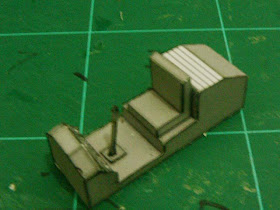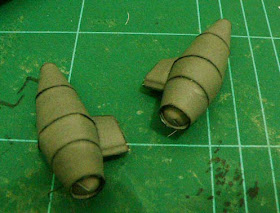Development
The RQ-170 Sentinel was developed by Lockheed Martin's
Skunk Works as a
stealth UAV. Journalists have noted design similarities between the RQ-170 and previous stealth and UAV programs such as the
RQ-3 DarkStar and
Polecat.
It is a tail-less
flying wing
aircraft with pods, presumably for sensors or SATCOMS, built into the
upper surface of each wing. Few details of the UAV's characteristics
have been released, but estimates of its wingspan range from
approximately 65 feet (20 m)
[ to between 75 feet (23 m) and 90 feet (27 m).
The "RQ" designation indicates that the RQ-170 Sentinel does not carry weapons.
Aviation Week's
David A. Fulghum believes that the UAV is probably a "tactical,
operations-oriented platform and not a strategic intelligence-gathering
design".
The USAF confirmed the "grainy photos of a gray, flying-wing-typed unmanned airplane near Kandahar Airfield"
in relation to the discussion of the RQ-170 Sentinel on 4 December 2009.
[3][7] A USAF colonel subsequently commented that RQ-170 is separate from the
MQ-X program, which has yet to determine stealth or powerplant requirements, and thus the Sentinel will not replace the
MQ-1 Predator and
MQ-9 Reaper drones currently in service.
As of May 2011
[update], the US Military had not released any statements concerning the Sentinel since December 2009.
Design
The RQ-170 has a
flying wing design containing a single (as yet unknown) engine and is estimated by
Aviation Week as being approximately 66 feet in wingspan.
Its takeoff weight is estimated as being greater than the RQ-3
DarkStar's, which was 8,500 pounds. The design lacks several elements
common to stealth engineering, namely notched landing gear doors and
sharp leading edges. It has a curved wing
planform, and the exhaust is not shielded by the wing.
Aviation Week
postulates that these elements suggest the designers have avoided
'highly sensitive technologies' due to the near certainty of eventual
operational loss inherent with a single engine design and a desire to
avoid the risk of compromising leading edge technology.
The publication also suggests that the medium-grey color implies a
mid-altitude ceiling, unlikely to exceed 50,000 feet since a higher
ceiling would normally be painted darker for best concealment.
The postulated weight and ceiling parameters suggests the possible use of a
General Electric TF34 engine or a variant in the airframe.
On the basis of the few publicly-available photographs of the RQ-170, aviation expert
Bill Sweetman has assessed that the UAV is equipped with an electro-optical/infrared sensor and possibly an
Active Electronically Scanned Array
(AESA) radar mounted in its belly fairing. He has also speculated that
the two fairings over the UAV's wings may house datalinks and that the
belly and above wing fairings could be designed for modular payloads,
allowing the UAV to be used for strike missions and
electronic warfare.
3d modeling
testbuild
wings assembly
landing gear bay assembly
inner frame assembly
front landing gear bay assembly
main flap assembly (adjustment)
air intake assembly
landing gear position assembly
instruction
price :US $2
buy now
here
please give some note the model name in paypal transaction and choose "send as give/friends" option
for Indonesian you can have it
here

































































